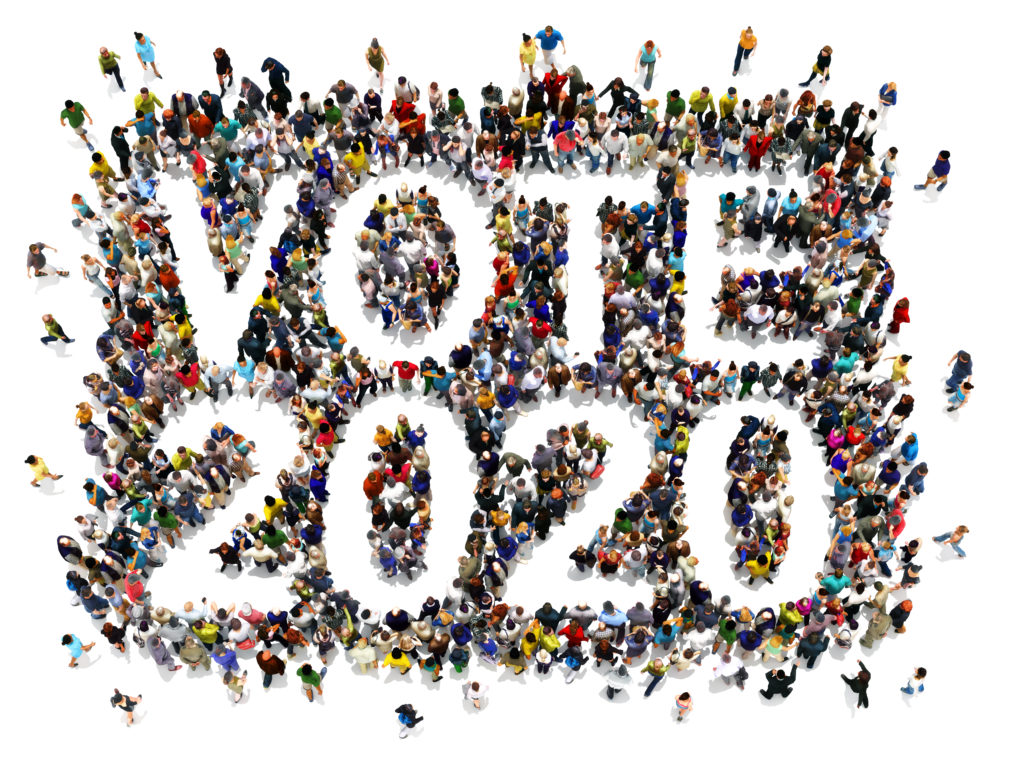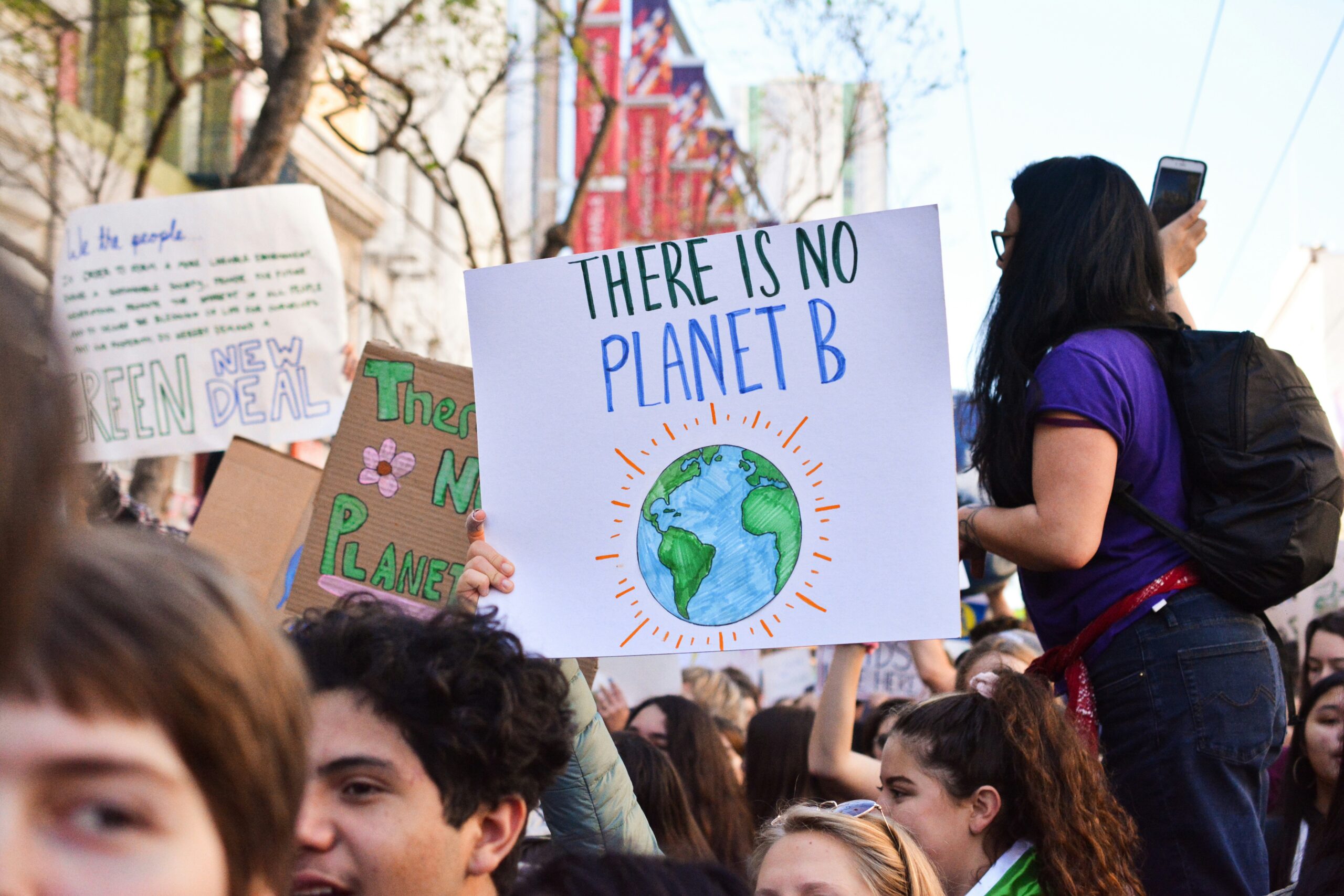Business For Good’s 2020 Voter Resource Guide

It’s hard to believe Election Day is just four weeks away. And, like everything else in 2020, the voting process will look a little different than years past.
We know that there’s a lot of confusing, overwhelming information circulating around voting in this election cycle. The good news is that casting your ballot here in San Diego County will still be just as streamlined, convenient, and secure as any other election cycle. Really.
Here in our Voter Resource Guide, we dive into two of the most important areas of Election Day 2020—your guidelines for voting this year in the time of COVID-19, and how and why to sign up to be a poll worker in San Diego (pssst: you’re needed!).
San Diego voting guidelines for the 2020 election
Registering to vote
First things first. If you haven’t yet registered to vote, register right now! (Not sure if you’re already registered? Check here).
You have until October 19 (15 days before the election) to officially register to vote in San Diego County.
If you are not registered by October 19, you can still vote in the November 3 election. However, you must first register as a Conditional Voter and cast a provisional ballot.
Your ballot will be mailed to you
All registered California voters will receive their ballot in the mail this year. Ballots started being mailed out on Monday, October 5. You can track your ballot’s journey to you every step of the way, if you’d like.
Returning your ballot by mail (the best way!)
- Rest assured your mailed ballot will be received and counted. How do we know that? Because prior to this year’s election, over 75% of San Diego County registered voters were already signed up to permanently receive their ballot by mail. The Registrar of Voters is more than prepared to manage the processing of mail ballots accurately and securely.
- Your mailed ballot must be postmarked on or before Election Day (November 3)
- SIGN and DATE the outside of your ballot envelope using the signature from your voter registration (oftentimes your DMV signature)! Unsigned ballots will require further verification from you and can cause delays.
Returning your ballot in person (the okay way)
If you want to return your ballot in person, you can still do that. You can drop it off at:
- One of the designated mail ballot drop-off locations throughout the county
- The Registrar of Voters office anytime Monday–Friday, 8 a.m. to 5 p.m.
- Any polling place, from October 31 to November 2 between 8 a.m. to 5 p.m. or on November 3 (Election Day) between 7 a.m. and 8 p.m. Line managers will be outside polling places with yellow bags ready to accept drop-off ballots so you don’t even have to wait in line.
- If you’re not going to be in San Diego, you can drop off your ballot at any polling place, drop-off location, or voting center in the State of California.
- Voters who do not receive their mail ballot can still cast a regular ballot at the polls so long as the Registrar of Voters does not receive their ballot beforehand.
Voting in person (only if necessary)
Polling places are open, but have decreased from 1,500 locations to only 235 “super polling places” this year. This reduction compounded with COVID-19 guidelines will likely make for long lines and extended wait times to cast your ballot.
If you must vote in person, here’s what you need to know:
- Due to the reduction in polling places, your regularly assigned polling place has likely changed. Check here to find out where you should go instead.
- All polling places will be open for Early Voting three days prior to Election Day, October 31 to November 2, from 8 a.m. to 5 p.m. Anyone who must vote in person is strongly encouraged to do so during this time to help alleviate crowds and wait times on Election Day.
- On Election Day (November 3), all polling places will be open from 7 a.m. to 8 p.m.
Poll workers will be operating under stringent sanitation protocols, which includes disinfecting each voter supply and voting booth after each use.
How (and why) to be a poll worker in San Diego
Although we’re strongly encouraged to mail in our ballots, polling places in San Diego are still expected to see a lot of traffic. Poll workers are just as crucial this Election Day as they are any other year—if not more.
If you’re thinking about being a poll worker this Election Day, you can still apply! Austin Evans, Business For Good member and seasoned polling place site manager, shared the details of what goes into working the polls in San Diego.
How many poll workers are there?
Typically, there are around 7,500 poll workers every Election Day. Each of San Diego County’s 1,500 polling places has one site manager and four poll workers.
However, since there are only 235 “super polling sites” this year, that number will drop by over half. There will be one site manager and 14 poll workers at each location. The increase in each site’s staff is to help accommodate more voters and ensure proper sanitation protocol.
What training is involved in becoming a poll worker?
Site managers receive five days of training, and poll workers receive two days of training. This takes place 1-2 weeks before Election Day.
What are a poll worker’s main responsibilities on Election Day?
“In a nutshell, poll workers act as the logistical and operational arm for the election process,” Austin said. Specifically, this means poll workers are responsible for the following:
- Setting up their polling place. Set up and organize all materials, booths, drop-off ballot boxes, rosters, pens, markers, and ballot sleeves. Given the size of the polling sites and the sanitation protocols in place, this will take place the day before voting opens.
- Provide triage for registered voters who don’t have ballots. With ballots being mailed to each active voter, there are procedures in place to accommodate those voters who, for whatever reason, do not receive their mail ballot.
- If someone did not receive their ballot in the mail, or they misplaced it, they’ll be able to cast a regular ballot at the polls so long as the ROV does not receive their ballot beforehand. But if the ROV has already received a ballot, or if there is any other issue with a particular voter, that person will need to vote provisionally at their polling place. Their provisional ballot will not be counted until the ROV confirms that the voter is eligible to vote and that only one ballot per voter will be counted.
- Count the ballots and do an audit. “After the polls close, we do a ballot count,” Austin said. “We audit that total against how many signatures we’ve got on our roster to make sure they match.” The ballots are then driven to a pick-up spot where they’re taken to ROV headquarters. In this election with multiple days of in-person voting, ballots will be dropped off for processing after each day of voting.
How will working the polls be different in 2020?
- There are only 235 polling places. Due to COVID-19 guidelines, each site will be very large in size—no garages or conference rooms this time around.
- Each polling site will be able to generate ballots from anywhere in the county. “Typically, ballots are unique to the precinct you’re working,” Austin said. “You need to have the right city council race, school board election, and Congressional district.” But this year, ballot machines at every polling place will be able to generate the proper ballot for San Diego County voters based on where you live.
- Polling starts three days early. Poll workers will be on hand at the polls from October 31 to November 3. “We hope this spreads out the rush for voters so that we’re not getting long lines on Election Day. It also helps diminish concerns with COVID-19 spread,” Austin said.
What’s the most rewarding part of being a poll worker?
For Austin, the most satisfying parts of being a poll worker are the community connectedness and sense of service.
He explained that the voting experience in his home state of Wisconsin always felt a bit more distanced and formal than here in California. Most polling places in Wisconsin, for example, were typically located in government settings like City Hall or administrative offices.
“But here in California, the voting experience is really folksy and charming,” Austin said. “My first stint as a poll worker in San Diego was in someone’s home garage. We pulled up the door, put out a table, and people came on in to cast their vote. It was as close, intimate, and neighborhoody as that.”
The sense of service, and ensuring that everyone has a smooth voting experience, is also quite rewarding.
“We always want every person that we serve to have a great experience,” Austin said. “This means the voters, of course, but also any media that might come by, general observers, exit poll workers, and so on. There are a lot of people we want to make sure we’re serving and taking care of personally when they come by.”
And then there’s the whole part about how amazing it feels, as a poll worker, to be truly taking charge of democracy.
“I feel honored to be part of the team of people that receives someone’s ballot,” Austin said. “To know that a person trusts you with their vote—it’s an incredible feeling. Being a poll worker is a sacred job, and we all take it very seriously.”
